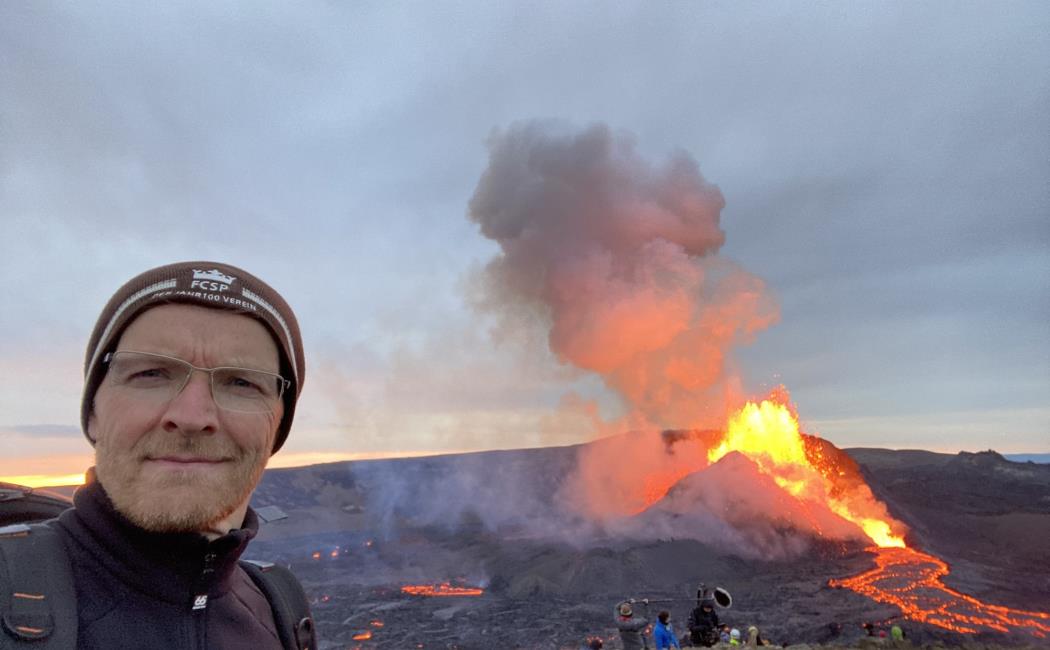Detailed observation of recent eruptions could give insights into potential volcanic activity in the Red Sea.
Every volcanic eruption is unique, and many are difficult to predict. However, scientists can infer a great deal from studying individual eruptions, allowing them to model volcanic behavior, improve hazard assessments and understand more about the complexities of volcanism.
“Volcanoes are fascinating, showing nature at its most powerful. Think of the ash plume from the 2010 Eyjafjallajökull eruption that disrupted air travel for weeks or the recent devastating Tongan eruption that destroyed an island,” says KAUST’s Adriano Nobile.
“For me, the most intriguing part of volcanism is what the magma is doing beneath the surface. Advances in technology now allow us to visualize this behavior more clearly than ever before,” says Nobile
Nobile and colleague Sigurjón Jónsson keep a watchful eye on the world’s volcanoes and are currently focused on the ongoing activity of the Wolf volcano of Isabela Island in the Galápagos, which began its most recent eruption on January 5, 2022. Jónsson has long studied volcanic activity in the Galápagos, including the previous eruption of Wolf in 2015.
The Wolf volcano is one of many in the relatively young Galápagos Islands. The “hotspot” archipelago of islands off the coast of Ecuador formed over a magma plume, like Hawaii and the Canary Islands. Wolf is a shield volcano, shaped like an upturned bowl with a central caldera. When a shield volcano erupts, lava spills continuously down the sides — unlike cone-shaped volcanos that have explosive eruptions.
“These hotspot volcanoes are different from the rift extension volcanoes we find in the Red Sea (where two continental plates are slowly moving apart),” says Nobile.
The tectonic processes that control the volcanic behavior may be different, but in both instances, magma is rising from the mantle, with possible stops at magma chambers on the way to the surface. The way the magma behaves is of great interest to the KAUST team.
“We have ongoing projects mapping our Red Sea volcanoes and monitoring seismic activity,” says Nobile. “But monitoring underwater volcanoes is very difficult, so it is important to study emerged volcanoes with similar magmatic activity to understand the processes involved.”


